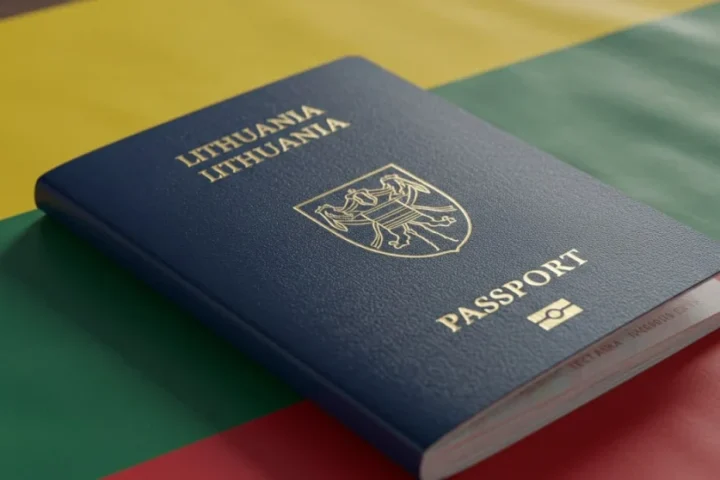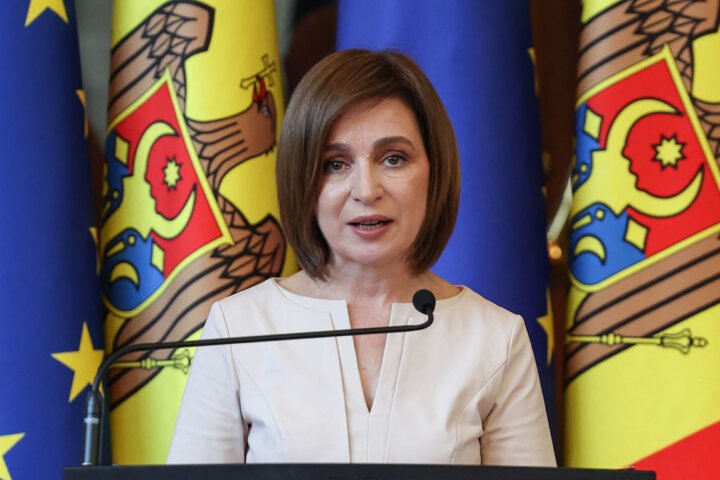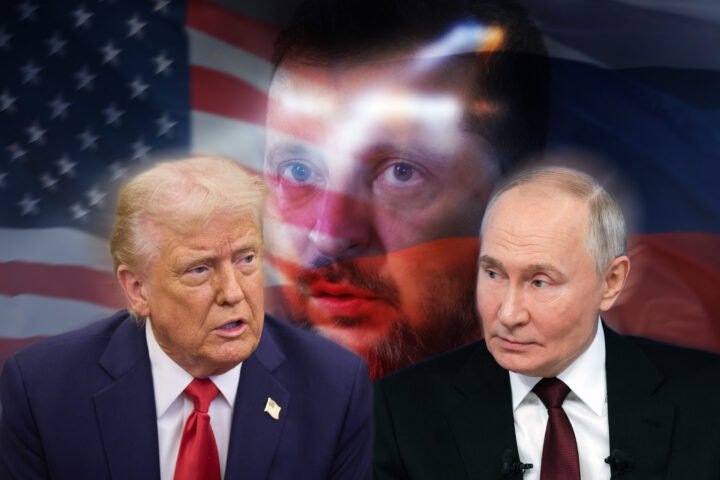Britain has abandoned its initial proposal to send a 30,000-strong contingent to Ukraine to guard cities and ports, opting instead for what Prime Minister Keir Starmer called a “more realistic mission.” Speaking on August 13 after a virtual meeting with former U.S. president Donald Trump and EU leaders, Starmer said the UK and other European states have drawn up detailed plans to deploy a “coalition of the willing” once a ceasefire agreement is reached. According to The Times, London’s revised proposal focuses on airspace patrols over western Ukraine, training Ukrainian forces, and demining the Black Sea.
Shift from large-scale deployment to targeted operations
The decision marks a departure from earlier discussions, which envisioned significant troop deployments to secure key Ukrainian infrastructure after fighting stops. France and the UK were the main drivers of the original “coalition of the willing” plan, but Starmer had previously made clear that Britain would not send forces without U.S. security guarantees. Washington’s reluctance to offer such assurances has dampened enthusiasm among European governments, many citing fears of escalation as a reason to avoid sending substantial military forces.
Under the current framework, coalition members would provide logistics, weapons supplies, and expert support for training and reorganising Ukraine’s ground forces, with most activities taking place in less vulnerable western regions. Air patrols using Typhoon and F-35 aircraft are intended both to deter potential strikes and to restore confidence for civilian air travel. Black Sea demining aims to reopen maritime trade routes to and from Ukrainian ports.
U.S. role remains pivotal
Trump reportedly told European leaders that the United States could offer Ukraine security guarantees under certain conditions, though he ruled out direct military involvement or weapons supplies to Kyiv. Instead, Washington would sell arms to European partners. The clarity of the U.S. position—and whether it remains unchanged after Trump’s planned meeting with Vladimir Putin in Alaska—will be decisive in determining the scale and credibility of the coalition mission.
Security experts stress that without a clear mandate, deterrence forces could devolve into a symbolic presence, unable to effectively prevent renewed hostilities. They argue that the mission must be prepared to act alongside Ukraine’s armed forces if Russia violates a future peace deal, rather than serve solely as a ceasefire monitoring mechanism.
Strategic and political considerations in Europe
For Ukraine’s allies, the stakes go beyond Kyiv’s immediate security. European leaders face the challenge of convincing their citizens that investing in Ukraine’s defence is a direct investment in Europe’s own safety. Advocates of the plan say this approach could avert far greater costs in the future by discouraging renewed Russian aggression.
To avoid sending national troops, European states could consider financing the recruitment of experienced foreign legionnaires—such as retired fighter pilots or missile system operators—capable of quickly integrating into Ukraine’s defence. This option, proponents argue, could help offset manpower shortages without committing domestic forces.










